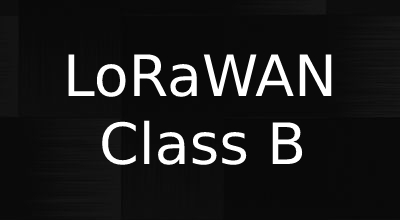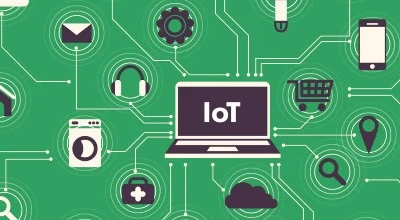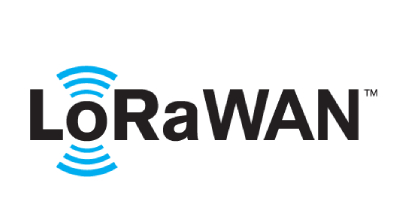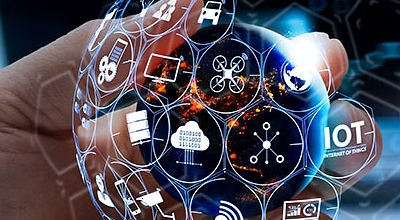
ESP32 and Lora
What is an ESP32?

ESP32 is a series of low-cost, low-power system-on-a-chip microcontrollers with integrated Wi-Fi and dual-mode Bluetooth. The ESP32 series employs a Tensilica Xtensa LX6 microprocessor in both dual-core and single-core variations and includes in-built antenna switches, RF balun, power amplifier, low-noise receive amplifier, filters, and power management modules.
One of the features of the ESP32 is its support for LoRa (Long Range) wireless communication. LoRa is a spread-spectrum modulation technique that allows for long-range communications at low data rates. It operates in the unlicensed ISM (Industrial, Scientific, and Medical) band and has a unique modulation scheme that allows it to transmit signals over long distances (up to 15 km in rural areas) while using very low power.
The combination of the ESP32 and LoRa technology allows for the development of low-cost and low-power IoT devices that can transmit data over long distances. These devices can be used for a wide range of applications such as remote sensor networks, asset tracking, and smart city applications.
The ESP32's support for LoRa is provided by the LoRa libraries which are included in the ESP-IDF (ESP32 Development Framework). These libraries provide a simple and easy-to-use API for controlling the LoRa module, allowing developers to quickly and easily add LoRa functionality to their projects.
LoRa and ESP32 Advantages
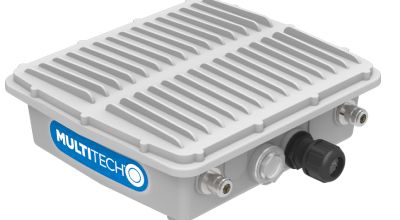
One of the key advantages of using the ESP32 and LoRa together is the low power consumption of both technologies. The ESP32 is designed to be low power, consuming only a few microwatts of power in sleep mode, while the LoRa modulation technique allows for long-range communications while consuming very little power. This makes it ideal for battery-powered devices that need to transmit data over long distances.
In summary, the ESP32 with LoRa is a powerful combination that allows for the development of low-cost and low-power IoT devices that can transmit data over long distances. The ESP32's LoRa libraries make it easy to add LoRa functionality to projects, and the low power consumption of both technologies makes it ideal for battery-powered applications.
